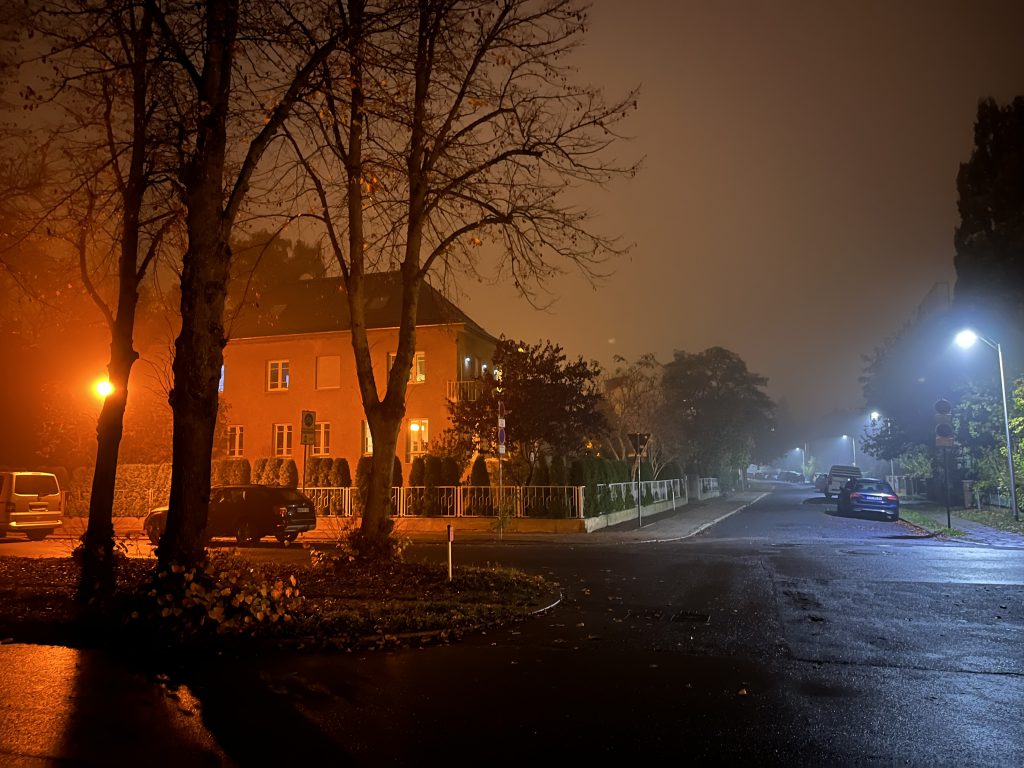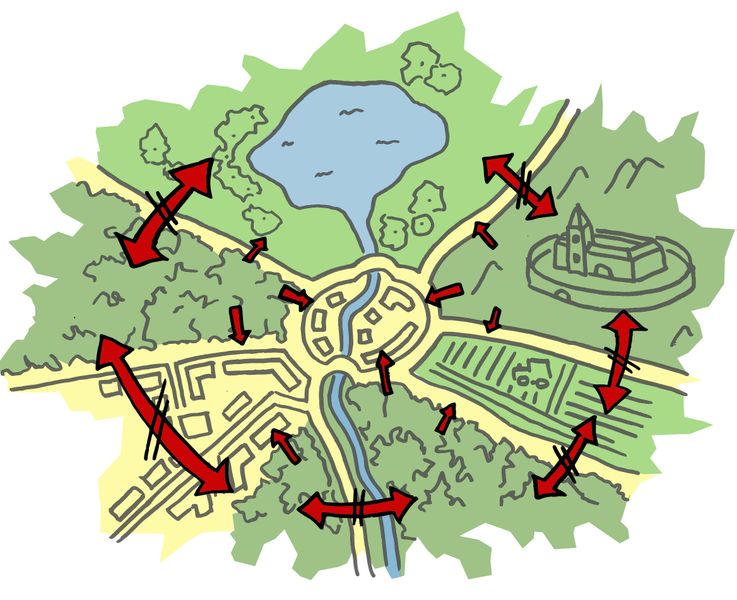The excessive use of artificial light at night, also known as light pollution, is a hot topic in biological research and nature conservation. In Germany, however, there is still a lack of awareness of the importance of the problem and the need to implement appropriate protection measures for protected species. In a review article, therefore, essential findings from scientific studies on the effects of artificial light on bats were summarized, legal bases on which protective measures can be demanded were discussed and recommendations for practical protective measures were given.
Bats are nocturnal and are considered endangered, are strictly protected by law and are severely affected by light pollution. It is therefore important to avoid and reduce the negative effects of artificial light.
The study shows that bat species such as Myotis, Plecotus or Rhinolophus species, which mainly move in the protection of vegetation, are most sensitive to artificial light. Species that move in free airspace, such as Pipistrellus, Eptesicus or Nyctalus species, are more tolerant of light.
The negative effects can be mitigated by appropriate shading, dark corridors, time limitation of lighting, low illuminance or reddish-yellowish spectrum of light color, for example when it comes to hunting habitats or transfer routes. However, the lighting of roosts is a significant impairment for all species, regardless of the illuminance or colour of light.
Original article:
Zschorn, M., Fritze, M. (2022): Light pollution and bat conservation – current knowledge, need for action, and recommendations for practice. Naturschutz und Landschaftsplanung 54 (12), 16-23. https://doi.org/10.1399/NuL.2022.12.01
Overview about measures to reduce negative effects of artificial light on bats (in German):
Massnahmen_All-in-a-nutshell
Supplementary material (overview of the effect of artificial light on native bat species):


